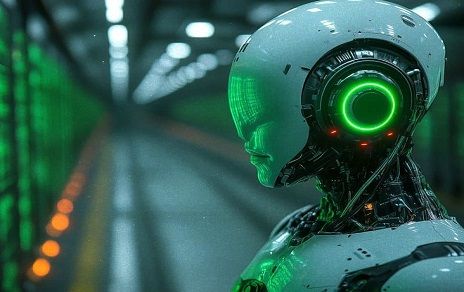Artificial intelligence is a hot topic these days, with everyone speculating on how it will reshape our daily lives. But progress doesn’t stop at AI — other fields are evolving just as quickly.
Take robotics, for example. One of the most ambitious fields today is the development of humanoid robots, much like those featured in the 2004 movie I, Robot, starring Will Smith.
What once seemed like pure science fiction is quickly becoming reality. For instance, humanoid robots like Digit from Agility Robotics have been working in Amazon warehouses for over a year.
UBtech’s humanoid robots in China are already operating in factories for BYD, Dongfeng Motor, FAW-Volkswagen, Geely, and NIO. Meanwhile, Xpeng has developed a robot called Iron.
Progress clearly extends beyond parkour stunts and viral videos from Boston Dynamics or Tesla’s “We, Robot” serving drinks and interacting with people via remote control. Innovations like these contributed to the rise in Tesla stock price.
Their future applications could extend beyond simple logistics and object transport. They could take on repetitive, heavy, or dangerous industry-related tasks and operate in extreme conditions.
In medicine, they could help in the diagnosis, treatment, and care of patients, providing them with physical and emotional support. The list of applications goes even further, including the defense sector.
As for why make robots look like humans, in fields like healthcare, for example, people are more likely to trust and emotionally bond with robots that look or behave like robots.
When will humanoid robots become widespread?
Advances take time, especially in cutting-edge technologies, whose components must meet advanced requirements. In other words, as with AI development, hardware plays a crucial role.
The good news is that it is not lagging behind. For example, Nvidia, whose stock continues to reflect its leadership in AI technologies, has just unveiled its GB10 super chip and AI systems explicitly designed for humanoid robots.
This highlights another point: if humanoid robots usher in a new industrial era, hardware vendors like Nvidia could be among the biggest beneficiaries, as product demand will skyrocket.
That said, it is essential to recognize that this transformation may not happen quickly, similar to the slow but promising progress in quantum computing. It could happen in a few years or perhaps decades...
However, it is wise to stay tuned to developments in this field, especially with companies like Harmonic Drive Systems, Tesla, Agility Robotics, 1X Technologies, XPENG, and others leading the charge in driving this change.
Overall, the humanoid robot manufacturing market is expected to grow to 1.4 million by 2035. By then, it could be worth $38 billion and eventually reach $3 trillion. The potential is certainly there.

